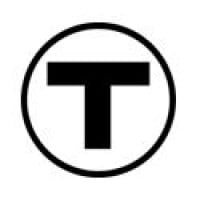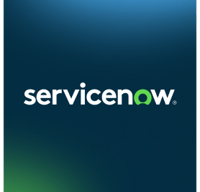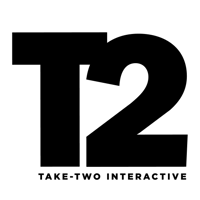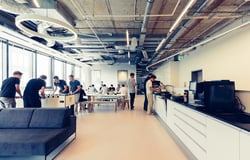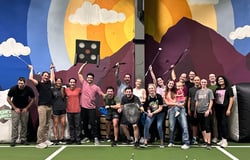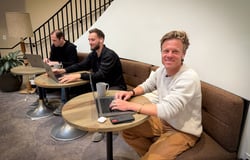Duties and Responsibilities:
- Write production-quality software
- Create appropriate unit and integration tests
- Deliver product features on time
- Design systems and architectures that scale
- Communicate openly with the team about issues and improvements
- Collaborate with other engineers to reason through code together
- Protect the data security and privacy of the MBTA and its riders
- Help team members learn skills and overcome obstacles
- Work and communicate effectively with product, design, and other stakeholders within the MBTA
Minimum Requirements/Qualifications
- Solid understanding of fundamental programming concepts
- Interest in applying functional programming to solve problems
- At least two years of professional experience writing software
- Willingness to work on front and backend depending on the product need
Preferences Include:
- Experience with Elixir (can be learned on-the-job), Ruby, Python, or SQL
- Experience with Javascript, Typescript, or React
- Experience with GTFS or real-time information
Similar Jobs

What We Do
The Massachusetts Bay Transportation Authority, often referred to as the MBTA or simply The T, is the public operator of most bus, subway, commuter rail and ferry systems in the greater Boston, Massachusetts, area. The MBTA is the largest transit provider in New England, and the fifth largest in the country. The MBTA directly operates or contracts out for service using eight different modes: heavy rail, light rail, bus rapid transit, local/express bus, trackless trolley, commuter rail, commuter boat, and paratransit. In Boston, 55% of all work trips and 42% of all trips into downtown are made by transit. The MBTA district is made up of 175 communities with a total population of 4.7 million. Almost three-quarters of all Massachusetts residents live within the MBTA service area.
